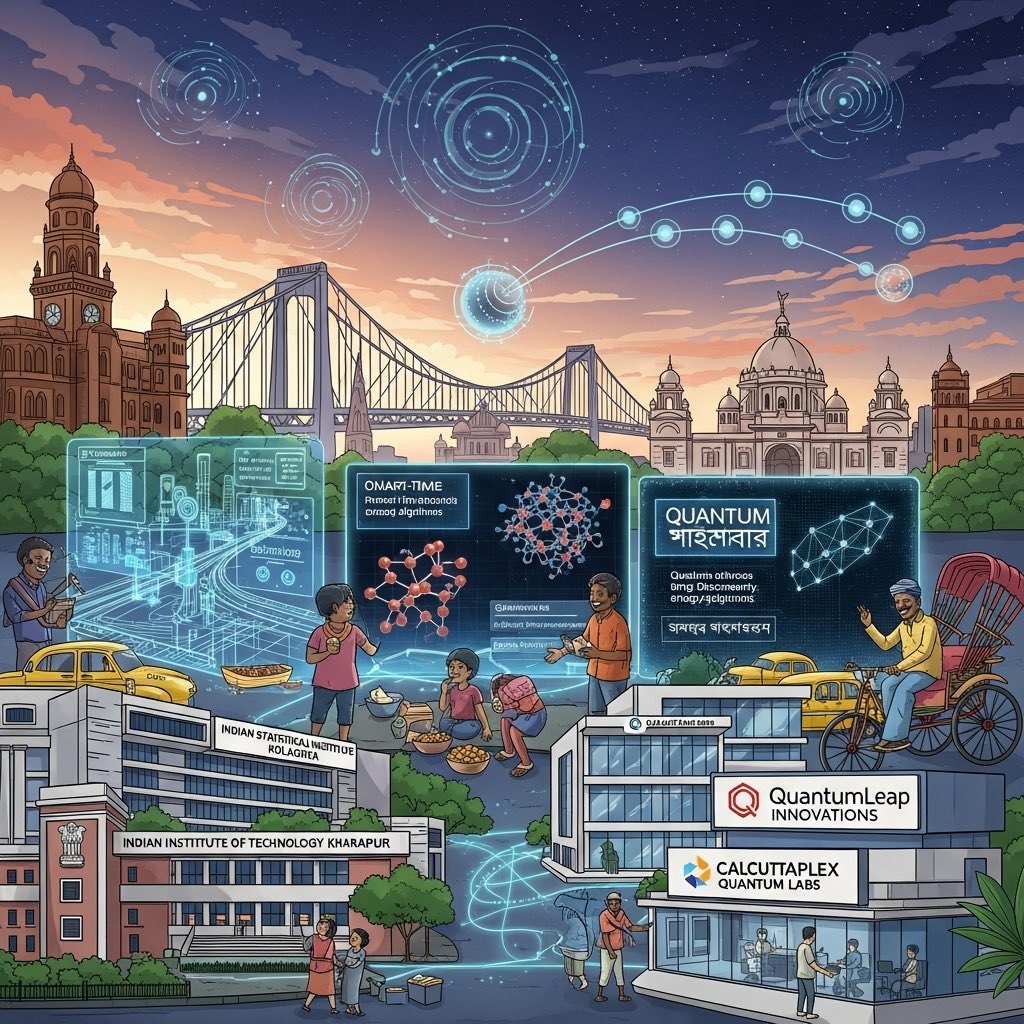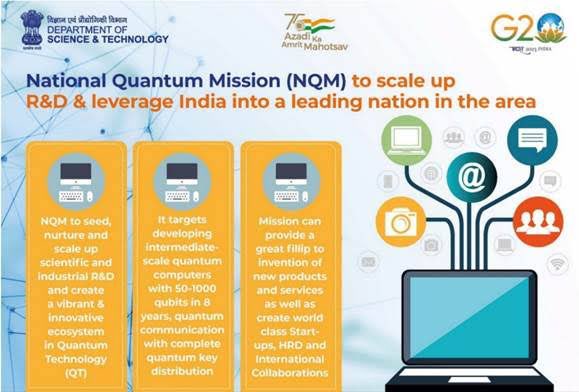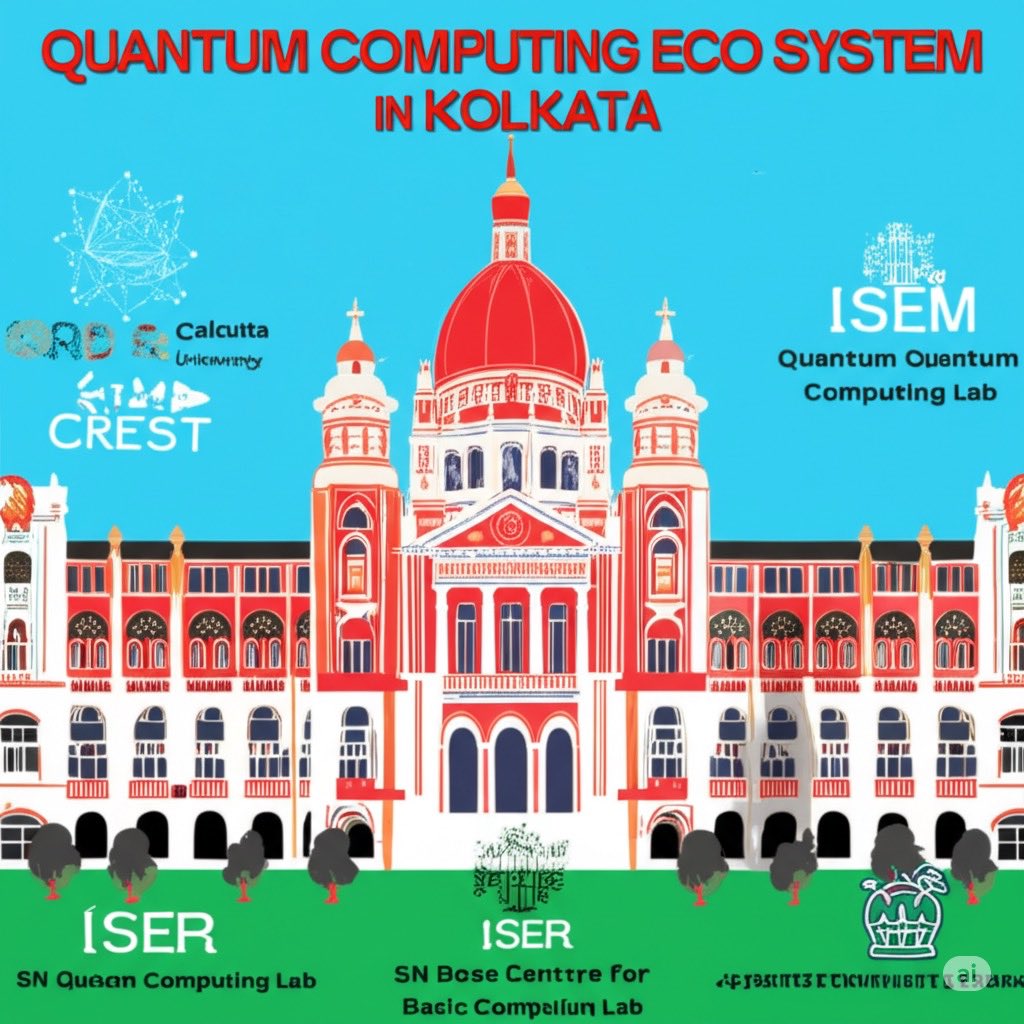#Kolkata the city of #Cyclotrons - where Indian scientist led by the legendary #MeghnadSaha DARED TO DREAM BIG 

A cyclotron is a particle accelerator. It is an electrically powered machine which produces a beam of charged particles that can be used for medical, industrial and research processes. 

As the name suggests, a cyclotron accelerates charged particles in a spiral path, which allows for a much longer acceleration path than a straight line accelerator. 

Kolkata now has three functioning cyclotrons, essential for experimental nuclear physics, the latest among which will help hospitals treat cancer patients.
thestatesman.com/opinion/a-city…
thestatesman.com/opinion/a-city…
But the story of the first one, whose construction started in 1969, makes one marvel at the grit, determination and ingenuity of that heroic generation of Indian scientists, working under all but impossible conditions.
thestatesman.com/opinion/a-city…
thestatesman.com/opinion/a-city…
Meghnad Saha, the iconic astrophysicist, known for discovering the thermal ionisation equation, was the very first person in India to opt for cyclotron, the accelerator for studying the nucleus. 

On 11 January 1950, Nobel Laureate Professor Madame Curie Joliot inaugurated the Institute of Nuclear Physics in Calcutta, established by Meghnad Saha. An astrophysicist of world renown by then, Meghnad Saha oddly enough veered towards Nuclear Physics around that time. 

Saha’s student, B. D. Nagchaudhuri was already working in the laboratory of Professor E. O. Lawrence, the inventor of the cyclotron at Berkeley, California. 

90% of the cyclotron had been made in 🇮🇳, long before the slogan became fashionable. In the 60's there was virtually no readymade technology infrastructure that could meet the demand of a cyclotron.The 200-ton magnet was built by Heavy Engineering Corporation, Ranchi. 

The country’s biggest cyclotron facility that can produce radioisotopes vital for diagnosis and treatment of cancer became operational on 20-Sept-2018. 

One of the key drivers of this project was Padmashree Dr. Sekhar Basu, Former Secretary to GoI , Atomic Energy Department and Chairman, passed away in Kolkata 2020 due to Covid ,he had taken keen intrest to develop Cyclotron Technology for the production of Medical Isotopes . 

This high-energy and high-yielding machine will bring down imports, while raising the possibility of exporting radioisotopes in the future. 

The three cyclotrons are a marvellous example of the hard work by our scientists & engineers spanning over many decades that deserves a cheering applause & #Kolkata is now a city with cyclotrons in the frontier. 

• • •
Missing some Tweet in this thread? You can try to
force a refresh





























